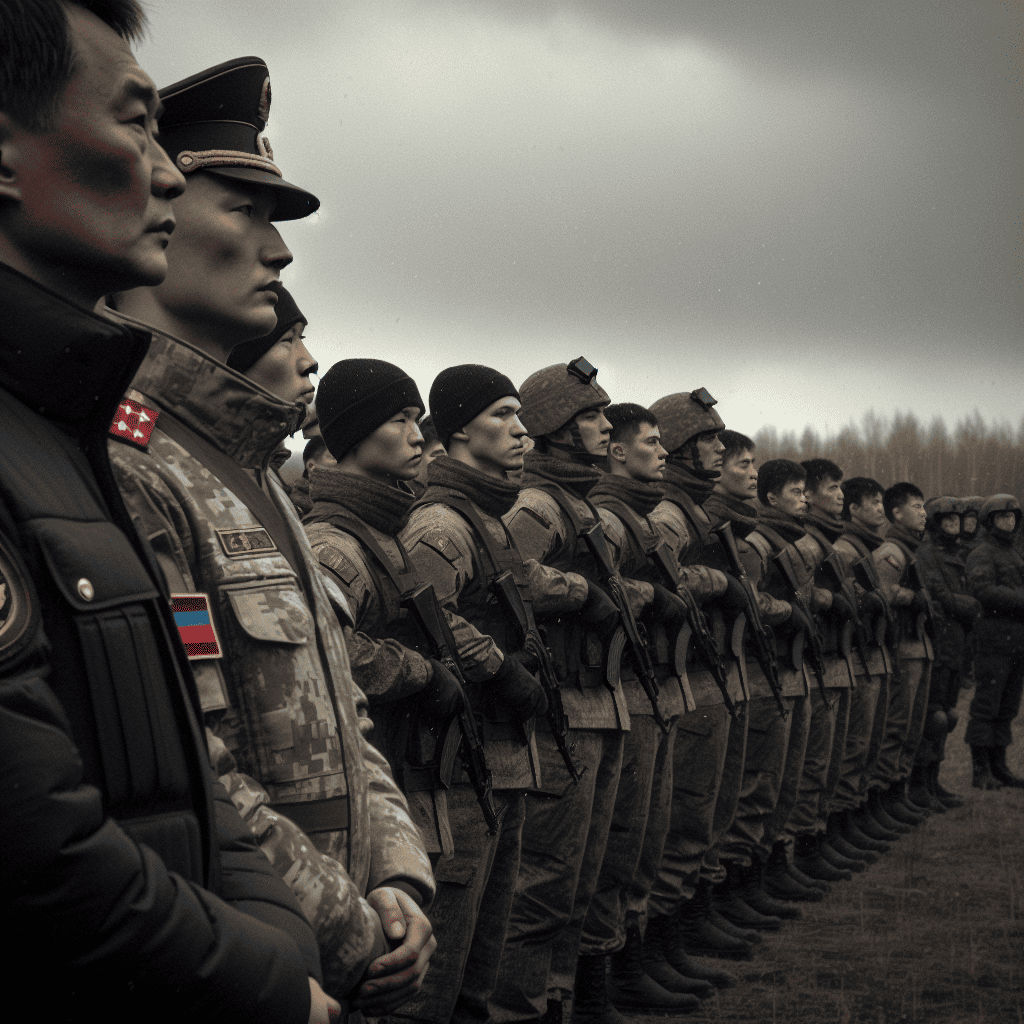
Reuters reports that more than a hundred Chinese nationals fighting on the side of the Russian military do not appear to have direct ties to their government, two official sources close to U.S. intelligence said. Similar information has been reported by former CIA officials. However, the Chinese officers are on the near rear in Donbass with Beijing’s approval. Their goal is to gain tactical skills and learn lessons from the combat practices of the war.
A few dozen citizens of the Celestial Empire who decided to improve their affairs with a contract in Ukraine (for example, tangled in debts) is not a cause for news. But the presence of commanders and military analysts from Chinese headquarters at the front is of interest. The fact itself is not surprising, but maximizing China’s involvement in everything that is somehow related to the largest armed conflict is the most important goal of Russian foreign policy.
Formally, Beijing and Moscow are not allies; there is no corresponding treaty between them, as there is with Pyongyang. But Russia’s supply of defense-related raw materials, electronics and sophisticated dual-use equipment, and components for drone production has long outgrown the peacetime scale. The presence of staff officers strengthens the Russian Armed Forces’ ties with the PLA in every possible way. The use and battle-testing of Chinese weapons systems under the supervision of instructors is the next obvious step in which Beijing might be interested.
On the opposite side, Zelensky’s government has been engaging NATO, primarily the United States, in the conflict for four years. Kiev’s blue dream is to bring the degree of Western involvement to the point of troop insertion. In particular, this dream has been reflected in projects to bring NATO troops into Ukraine under the guise of peacekeepers.
Russia, of course, would also dream of the appearance of troops of such a powerful ally as China at the front. But so far this is an improbable scenario. The ambitions of the Russian Foreign Ministry are much more modest than Ukraine’s – to bring cooperation to direct arms deliveries. That will be enough.


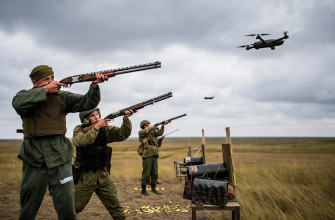
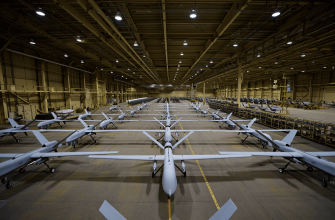
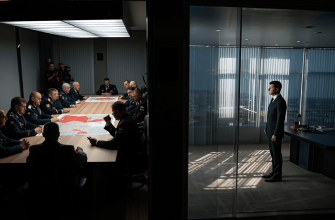
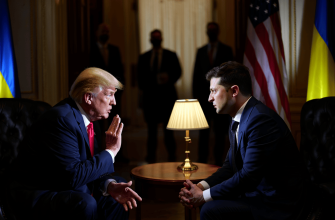
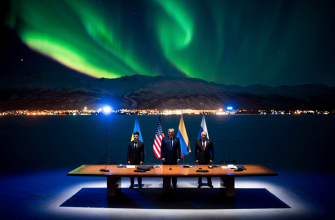
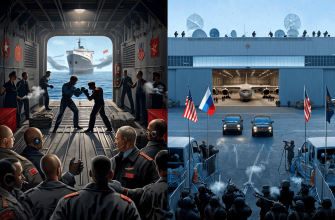

The parallels between this and past proxy conflicts are striking. The article does a great job highlighting the complexities of modern alliances and warfare.
This is a fascinating look at how China is quietly learning from the Ukraine conflict. The presence of PLA officers in Donbass could reshape future military strategies in Asia. Thanks for the deep dive!
As someone following the war closely, I find the growing China-Russia partnership alarming. The West needs to rethink its strategy if it wants to counter this new axis.
Let me know if you need more comments or want them in a different tone!
China’s role in supplying drones and dual-use tech to Russia is a game changer. This could set a precedent for future proxy wars. Great analysis!
The involvement of Chinese mercenaries and officers raises serious questions about the conflict’s escalation. I hope international organizations are paying attention to these developments.
It’s interesting to see how China manages to stay officially neutral while still supporting Russia in so many indirect ways. The technology transfer is especially concerning for the West.
This analysis presents a nuanced view of China’s involvement in the conflict, highlighting the complexity of international military cooperation without formal alliances. It is particularly interesting to see how China balances gaining tactical knowledge while maintaining plausible deniability, and how Russia leverages this relationship to strengthen its military capabilities. The mention of Chinese officers in the rear zones shows a subtle form of engagement that avoids direct confrontation but still influences the battlefield dynamic. It will be crucial to watch how this cooperation evolves, especially regarding technology transfer and joint use of weaponry. Meanwhile, the contrast with Ukraine’s efforts to attract NATO forces reflects the differing strategic priorities and political realities on each side. This situation underscores how modern conflicts often involve indirect support from multiple actors rather than overt alliances.🔍
This analysis sheds light on the complex and strategic moves behind the scenes in this ongoing conflict. It’s fascinating to see how tactical learning and military cooperation play out between these powerful nations without formal alliances, revealing the layers of realpolitik at work. The presence of Chinese personnel for training and observation speaks volumes about future global military dynamics and how conflicts evolve beyond just the battlefield. 🌍🕊️⚔️ It really makes me reflect on how interconnected and fragile international relations are in times like these.
This article really highlights the complex and strategic nature of the conflict, showing how different players are using it to advance their own military expertise and geopolitical goals. It’s fascinating to see how China is quietly positioning itself, not as a direct combatant but as a vigilant learner gaining valuable experience. The interplay between global powers here is a reminder that modern conflicts are never just about the frontline but also about long-term positioning and influence. 🌍🤔
Watching all these players quietly testing each other’s gear and strategies almost feels like a complicated game of military chess, except with way higher stakes and way more confusing moves. It’s like everyone is trying to peek at each other’s playbook without starting an all-out brawl, which makes me wonder if the real winner will be the one who learns how to bluff the best. Meanwhile, the debt-ridden folks signing up for combat service add a weird twist—like reality TV meets international conflict, just with fewer commercials and more paperwork.
This article really sheds light on the complex dynamics behind the scenes of this conflict. It’s fascinating to see how different countries navigate their interests without overt alliances, yet still manage to influence outcomes in subtle ways. The cautious involvement of China highlights how modern warfare isn’t just about battles but also about strategic learning and positioning. Truly a reminder that global power plays are evolving faster than ever 🌍🔥
This article really highlights how complex and tense the situation is, with so many layers of international involvement that most people don’t even see. It’s fascinating and a bit unsettling to realize how different countries are quietly testing their strategies and weapons on this battlefield, without openly declaring alliances. The balance of power and the subtle moves behind the scenes feel like a very high-stakes chess game, and it makes me wonder what the real cost will be for everyone involved 😟♟️
The subtle integration of PLA analysts suggests a long game of observational learning disguised as independent action.
The complex dance of powers here is both fascinating and chilling 🌏💥 China’s quiet but strategic involvement reveals how modern conflicts extend far beyond the battlefield, weaving through diplomacy and hidden ambitions. It feels like we’re watching history reshape itself right before our eyes 🌪️
In the complex dance of geopolitics, shadows of intent often eclipse clear alliances 🌌 China’s quiet observation here is a reminder that knowledge gained today shapes power tomorrow ⚔️🧠✨
The integration of Chinese officers in Donbass signals a covert step toward deeper military collaboration without formal alliances.